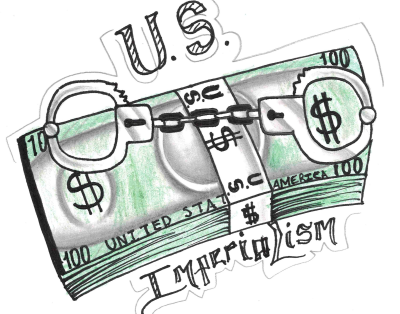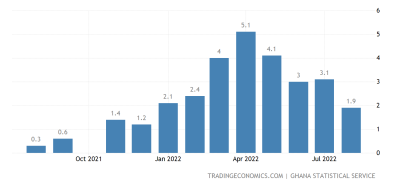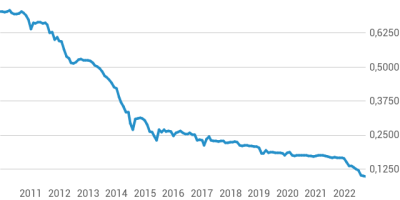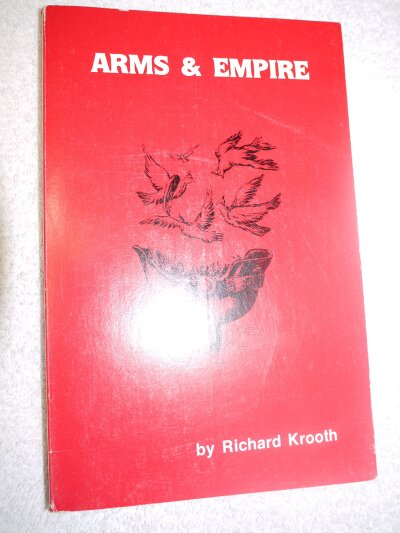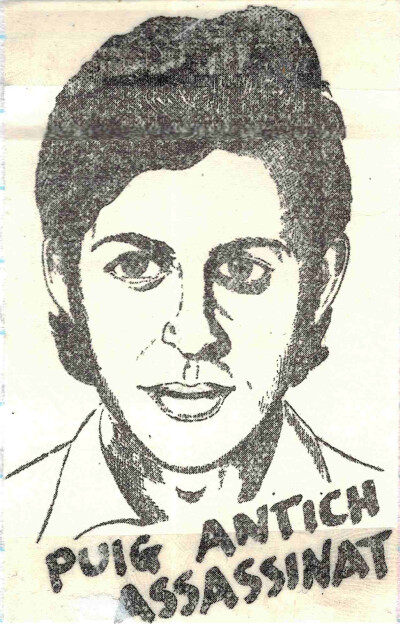
Class Collaborationism in International Communist Formation
On 26 December 2022, the Unified Maoist International Conference (UMIC) announced the founding of the International Communist League (ICL). The organizations involved see the need to build a new communist international, building on the legacy of the Comintern and the Revolutionary Internationalist Movement (RIM). As we’ve explained elsewhere we disagree with the creation of a new communist international at this time.(1)
This new ICL is truer to the Comintern than the RIM was, but remains in the same outdated and revisionist global class analysis as RIM. The ICL statement clearly upholds MIM’s first 2 dividing line questions, while failing to address the third directly. MIM’s third point reads in part:
” imperialism extracts super-profits from the Third World and in part uses this wealth to buy off whole populations of oppressor nation so-called workers. These so-called workers bought off by imperialism form a new petty-bourgeoisie called the labor aristocracy. These classes are not the principal vehicles to advance Maoism within those countries because their standards of living depend on imperialism.”(2)
Arguably, this line was somewhat controversial in the mid-1980s, when MIM struggled against the RIM’s Revolutionary Communist Party(U$A) on this question. The ICL statement addresses the question in most depth with the following:
“The economic crisis in 2008 that began as a finance crisis in the USA was unloaded on the masses in the oppressed countries and even in the imperialist countries themselves. Thus it has stricken the proletariat of the imperialist countries, which instigated sharp struggles for the defense of the achievements they conquered throughout the 20th Century. The consequences of this crisis were not overcame, this is why the recovering of employment is at the expense of worse quality, lower wages and larger working day. The recovering is at the expense of increasing the over-exploitation of the class.”(3)
We have never heard of “over-exploitation” in the context of humyn labor before, so defining that term seems important here. The text is correct to recognize that the crisis of 2008 was mostly pushed off onto the oppressed countries. The rest is sufficiently vague, while touching on some common cries of the social fascists. There is no summation elsewhere in this wordy statement of the class (or nation or gender) alliances of the populations of the imperialist countries. We are left with the impression that they are allies, even if they suffer less than most. To uphold this revisionist class analysis in 2022 is to ignore some crucial lessons from the experience of the RIM itself.
While upholding the Great Proletarian Cultural Revolution (GPCR), this statement upholds the very ideas that the GPCR stood to combat – those of the Theory of the Productive Forces. It is inconsistent to deny the Theory of the Productive Forces and maintain that people in the top 10% global income bracket are the proletariat. Elsewhere we observe,
“Another lesson that MIM seemed to take from the great reversal in Peru, was the importance of having a correct global class analysis for Maoists everywhere. If a revolution based in the non-Spanish speaking indigenous peoples of the highlands of the Andes mountains and the Amazon rainforest is infiltrated by agents trained in the United $tates and divided by a magazine out of London, then we see the real material impacts of Third World communists seeing the people of the United $tates and Great Britain as 90% proletarian allies. Not to mention, to not understand the basic political economy of imperialism today is to lack a Marxist framework from which to change the world.”(4)
Our disagreement with the formation of an ICL itself is largely connected to our line on the labor aristocracy. But it also stands as its own point on strategy in our current conditions.
The RIM criticized Mao for not building a communist international. It seems the UMIC may agree with this critique based on their actions.
A difference in class/national interests between parties in the UMIC is one reason we believe it is a faulty strategy. At best, the oppressor nation parties will slow down the oppressed, at worse they will sabotage them. Another problem is the mixing of parties engaged in armed struggle with those that are not. This difference in strategic stage calls for different approaches based on different interests. Yet the statement announces that these parties are being held to democratic centralism with each other through the ICL.
Step Forward on Stalin
One point where we see the UMIC statement disagree with RIM, and in a good way, is in their assessment of Stalin during World War II and the overall theory and practice of the united front. Not only does the statement uphold the line of the Comintern during this period, it puts the blame squarely on the parties where revisionism took over. This is better than the RIM line (still upheld by many in the International Communist Movement (ICM) to this day), which criticizes the Comintern for rightism in its call for a united front against fascism. But MIM went even further than the UMIC in disagreeing with this critique of the Comintern to say that in countries like the United $tates there was no revolutionary path to take at the time. Even if the CP-U$A had a correct revolutionary line, there’s nothing they could have done that would have supported the USSR more than what they did, given their conditions. Those conditions being a base in the labor aristocracy.
The proliferation of statements and organizations upholding various tenants of Maoism offers some signs of Maoism being a living science that would-be revolutionaries are grappling with. Of course, the practice of People’s War does this a million times more.
Of all the controversies that have been taken up in the ICM in recent years, we have seen no public debate over the global class analysis. If you are operating in a Third World country and isolating yourself from the oppressor nations, then you could get very far without saying much on the topic of the labor aristocracy in the imperialist countries. But if you wish to engage in international conferences and you fail to recognize the class reality on the ground, you mislead and endanger the revolutionary movement.
A Note on Struggle Sessions
In our previous essay on this topic we criticized author Joshua Moufawad-Paul and the blog Struggle Sessions for advocating for a new International. On 2 January 2023, Struggle Sessions editor deleted all their articles and posted a declaration of the death of the project. This comes after a series of announcements and critiques coming from the former Committee for the Reconstitution of the Communist Party U$A (CRCPUSA), of which Struggle Sessions was an unofficial theoretical mouthpiece. We hope to further investigate lessons from the collapse of the CRCPUSA.
It is worth noting to our readers that the outlet publishing the statement of the UCIM discussed here is a political ally of the CRCPUSA and continues to support it as a project. They call themselves Communist International: Marxist-Leninist-Maoist Online Newspaper and are found at ci-ic.org.
Notes:
1. MIM(Prisons), August 2020, Who’s Got Something
to Prove JMP? Under Lock & Key No. 71.
2. MIM’s
Three Main Points
3. 26
December 2022, Historical News of the successful Holding of the Unified
Maoist International Conference: the International Communist League was
founded!
4. this is from an unpublished paper assessing the
history of the RIM that we may edit for publication some day if there is
interest








